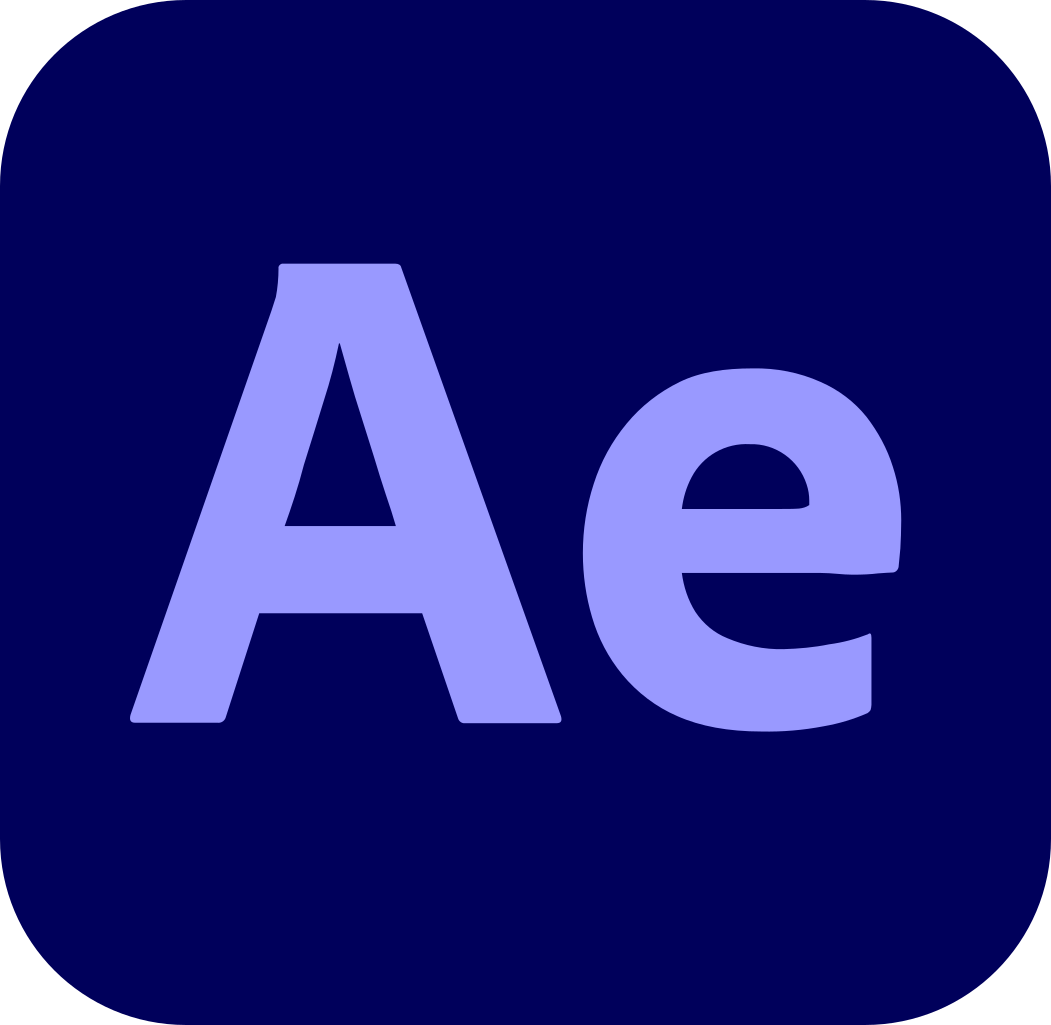Enhancing wayfinding for individuals with Autism Spectrum Disorder using Augmented Reality

introduction
As part of our coursework, my team collaborated with the Indiana Resource Center for Autism, part of the Indiana Institute on Disability and Community.
Our collaboration focused on developing a more accessible navigation system for individuals with Autism Spectrum Disorder (ASD).
The goal was to leverage the latest technologies to create a proof of concept, addressing the limitations of traditional navigation apps in meeting the specific needs of individuals with ASD.
duration:
6 weeks (March 2023 - April 2023)
team:
Prangan Kashyap, Falak Khurmi, Shreya Kohli, Manvita Boyini
role:
Product Designer & Accessibility Advocate
focus area:
Interaction Design, Visual Design, Motion Design and User Research
Before we dive into the journey of developing ClearPath, it's crucial to explore the very reason for its inception.
Imagine navigating the bustling streets of a city.
For most of us, tools like Apple Maps, Google Maps, and Waze have become indispensable guides when navigating the city.
But what if these navigation aids, which we take for granted, present a challenge rather than a solution for some?
.webp)
Consider the experiences of individuals with Autism Spectrum Disorder (ASD).
For them, the world of navigation isn't just about choosing the quickest route from point A to B. The reality is more complex due to...

The challenge in grasping spatial concepts

The abstract nature of 2D maps, which complicates rather than clarifies

The anxiety triggered by unpredictable scenarios
In our quest for answers, we didn't rely on assumptions. Instead, we engaged directly with the community that knows these challenges best.
Conversations with individuals affected by ASD and experts in the field opened our eyes to the everyday hurdles faced during what many consider a simple commute.

I struggle to understand traffic signals as they are mostly abstract symbols and are frequently overlapped by advertisements, in the background.
I have terrible difficulty making sense of direction, speed and time and how close or far away something is.
Before I had a service dog, I didn’t even cross the street independently and I was 24 years old.
opportunity space
Autistic people need a reliable and accessible way to navigate as traditional navigation applications fail to accommodate their special needs hampering their mobility and independence.
narrowing down our user group
Our focus is on individuals who are high-functioning on the Autism Spectrum Disorder (Level 1), and are also mobile, but suffer from learning disabilities.

Enter Augmented Reality (AR) – the technology that allowed us to convert traditional 2D maps into a 3D, immersive experience tailored to the unique needs of individuals with ASD.
The goal of ClearPath is to help individuals with ASD achieve independence and reduce the anxiety associated with traveling alone.
the solution
core values that guided our design

Independence
Independence is a crucial value for autistic people as it allows them to live a self-determined life, make their own choices, and pursue their interests without being overly reliant on others.
It empowers them to develop their skills, gain confidence, and find their place in the world.

Consistency
Consistency and routines are important values for autistic people as they provide a sense of structure, predictability, and stability in their lives.
They can help reduce anxiety, increase comfort levels, and improve overall functioning and well-being.
market analysis
We looked at several assistive technologies that support individuals with autism by using immersive technologies.

Brain Power is a company that has developed an AR platform called Empowered Brain that is designed to help individuals with autism improve their social skills and independence.
Empowered Brain is delivered through a pair of smart glasses that use augmented reality technology to provide real-time feedback and support.

Floreo is a VR platform that provides therapy for individuals with autism through immersive experiences. The platform has various modules that aim to improve social communication, daily living, and vocational skills.
storyboarding several concepts
Concept 1: Gamifying real-life scenarios
Why?
Simulates daily life scenarios that they might encounter. They get to play out scenarios of cooking, doing laundry, or shopping for groceries.
In a video game situation, the user is allowed to make errors and learn tasks through repetition.
Feedback
The game should be used as a supplement to traditional learning methods, rather than a replacement so that users can apply the skills they learn to real-life situations.

Jack is scared to travel alone for the first time.
Jack plays a video game to get familiar with his surroundings.
Jack understands the area better and feels comfortable navigating himself.
Concept 2: AR Assistance
Why?
Providing small chunks of information rather than dealing with the entire task all at once can prevent overstimulation.
Audio and visual cues can help users better understand the navigation instructions.
Feedback
Sensory overload in busy or crowded environments should be considered.
Users should have the ability to adjust settings or turn off certain features as needed.

Jack walks through the city using the standard map application on his mobile. He can’t relate the abstract map to his surroundings
Jack opens the AR feature which shows him the directions with arrows.
Jack is able to cross roads safely using the application.
Concept 3: Journalling the journey
Why?
The user gets to journal memorable moments from their daily commute routes. These moments can be either good or bad and would help the user better familiarize themselves with the route. If they encounter a bad situation they can avoid this route and instead find a better alternative.
Feedback
This acts as a tool to track user experiences and emotions in a meaningful way. Users might find the app helpful in recalling paths or routes they have taken, especially in unfamiliar environments, which can help to reduce anxiety or stress.

Jack walks through the city and sees a cute dog cafe.
Jack records that detail in the
mobile application.
When Jack goes to the same
place in the future, he refers to
his record which helps him
remember and navigate through
the area.
so why did we select the AR concept?
We decided to proceed with AR technology because it offers individuals with autism a simpler way to interact, without completely isolating them from external interactions, unlike other concepts such as gamification or VR technologies.

visual design study
Individuals with autism often experience sensory sensitivities, including color sensitivity that can trigger anxiety or discomfort. To accommodate this, we have ensured that our app's text has a color contrast ratio of at least 4.5:1.
Research conducted by GA Architects suggests that using soft, calm, and dark colors in interior design can help individuals with autism to focus and concentrate for longer periods.

Clarity
Using clear and easily understandable visuals to communicate information.

Simplicity
Creating a simple and intuitive user interface that is easy to navigate.

Consistency
Using consistent visual design elements throughout the app.

Personalized
Allowing users to customize the app to fit their individual needs and preferences.

Feedback
Providing visual feedback to confirm user actions and help users stay on track.

Contrast
Using contrasting colors to differentiate between different elements on the screen.
the final design
The final design focused on three important themes, and based on those themes, features were ideated.

Spatial Navigation
An AR navigation tool for autistic users boosts confidence and independence with visual and audio cues, enhances safety, and simplifies reaching destinations.

Moment Capturing
Capturing moments not only helps autistic users become more familiar with their route but also enables them to recall and learn the route more easily by providing an identifying element.

Routine Formation
Scheduling allows autistic users to plan their day effectively and establish routines that create a sense of structure and stability, reducing their stress and anxiety.


personalization
Accesibility
During onboarding, the users can toggle sensory filters as per their needs and fill out their peers’ information for location sharing. The design is intentionally minimal so as to not overstimulate the user.


forming routines
Scheduling
�Users can schedule their days that allow users to plan their journeys in advance, helping with predictability. Furthermore, the app provides users with key information relevant to their specific trip, based on their preferred date and time. By leveraging this information, users can make more informed decisions about their travels.


spatial navigation
AR Navigation
The app enables users to search for their desired location and gives them an option to choose their route based on the footfall of the area. They can also see the saved trip notes which gives them comfort taking that route. During navigation, the app analyzes the surroundings and provides augmented reality feedback to guide users throughout their journey.


familiarization
Capturing Moments
The app enables users to create detailed trip notes during their journeys. These notes can take the form of text, images, or audio recordings, and serve as visual reminders of places the user has visited. By reviewing their trip notes, users can easily recall important details and landmarks from their previous journeys when traveling along the same route in the future.
after user testing
We made two major additions to our designs to accommodate the user testing results.

Alternate Routes
We recognized the importance of providing users with multiple options for reaching their destination and thus incorporated a feature that enables them to access alternative routes.

Toggle Between Navigation Views
We added an alternate view option that aims to eliminate distractions by minimizing the details of the surrounding buildings by defocusing them using monotone overlays, which can help the user focus on the task at hand.
so, what did our users say about ClearPath...


“You’re telling me, this app right here can like tell when there’s no cars and tell you to go?
This is like something out of Harry Potter! Wow, this is cool!”
Further User Testing Required
As each individual on the spectrum has their own unique needs, further user testings will have to be conducted to validate the functionality of the app.
Guided Audio
For scenarios where using the camera viewfinder for AR navigation is unsafe, guided audio navigation with built-in environmental analysis technology can be used as a safer alternative.
Additional Personalization Features
Filters can be expanded to be more inclusive of the disabilities that individuals on the autism spectrum are likely to be diagnosed with.
next steps
my takeaways
1
Autism Spectrum Disorder (ASD) is a highly diverse and complex neurodevelopmental condition that affects individuals in various ways. As such, there is no one-size-fits-all approach to supporting people with ASD; personalized interventions and accommodations are necessary to meet their specific needs and challenges
2
Technological solutions can significantly enhance the independence of individuals with ASD, as they are more likely to have access to a mobile phone than to the resources needed like a service dog or other aids.
3
Design considerations were crucial to ensure that the elements and colors chosen conveyed the necessary message without overwhelming an autistic user.



